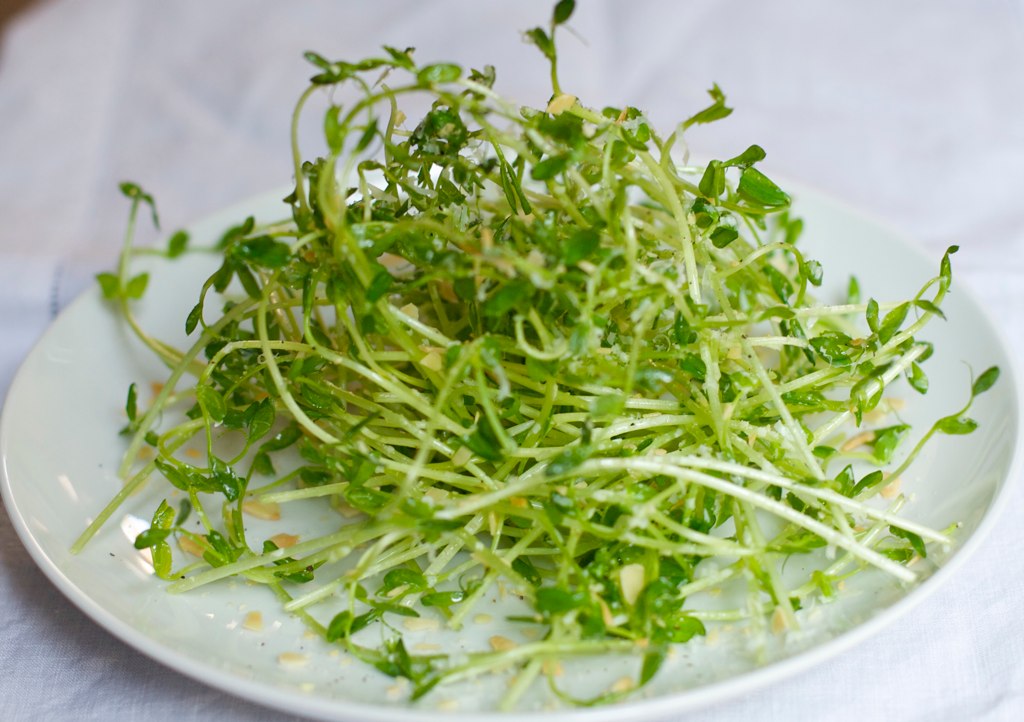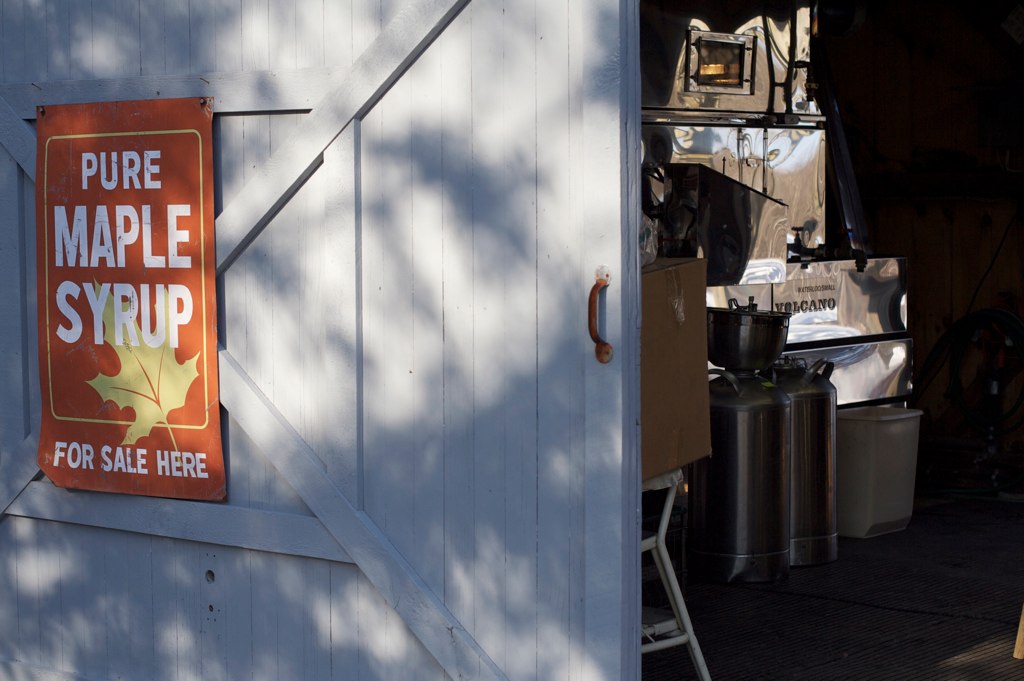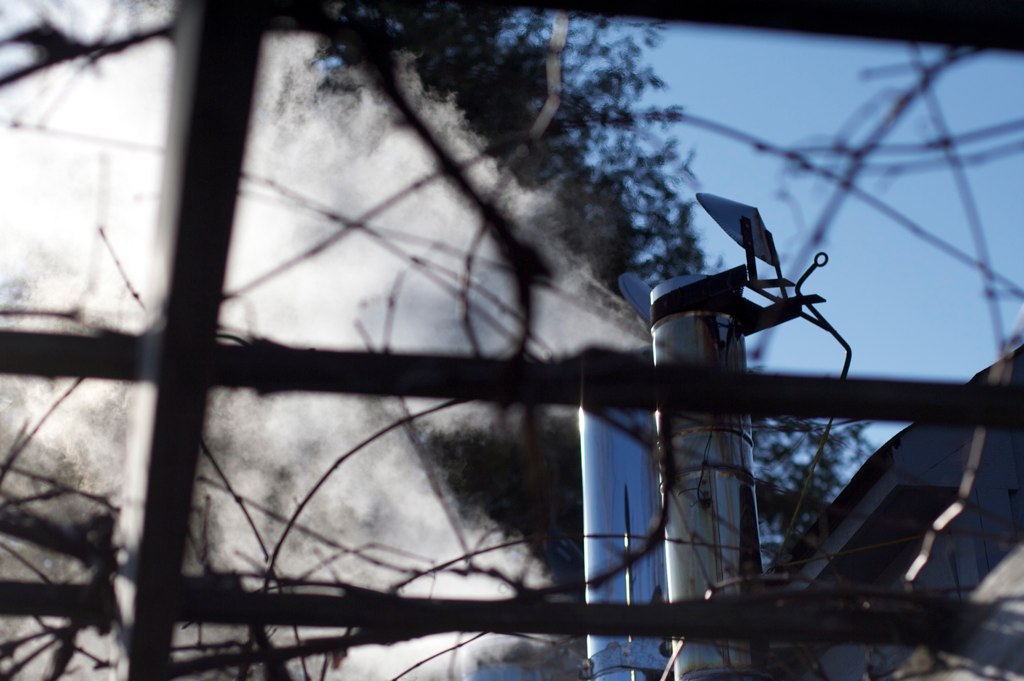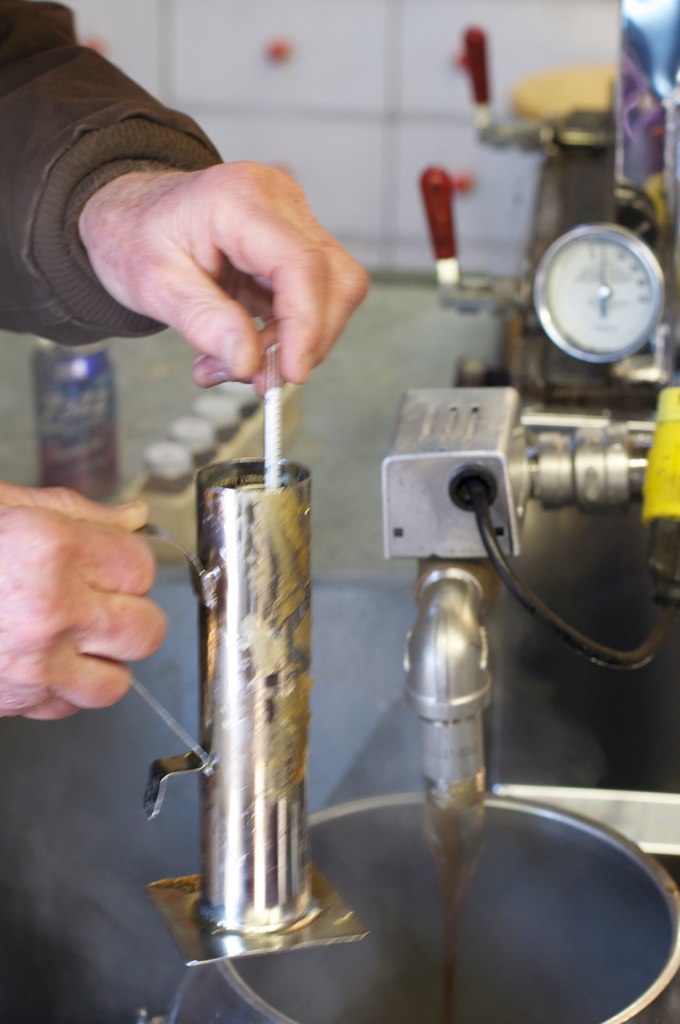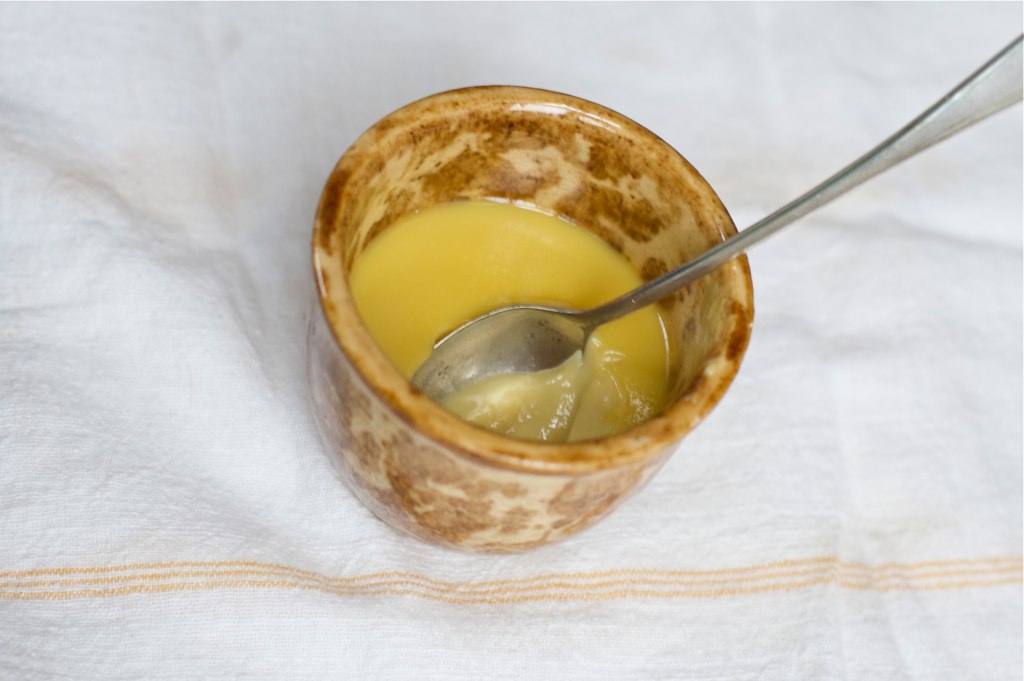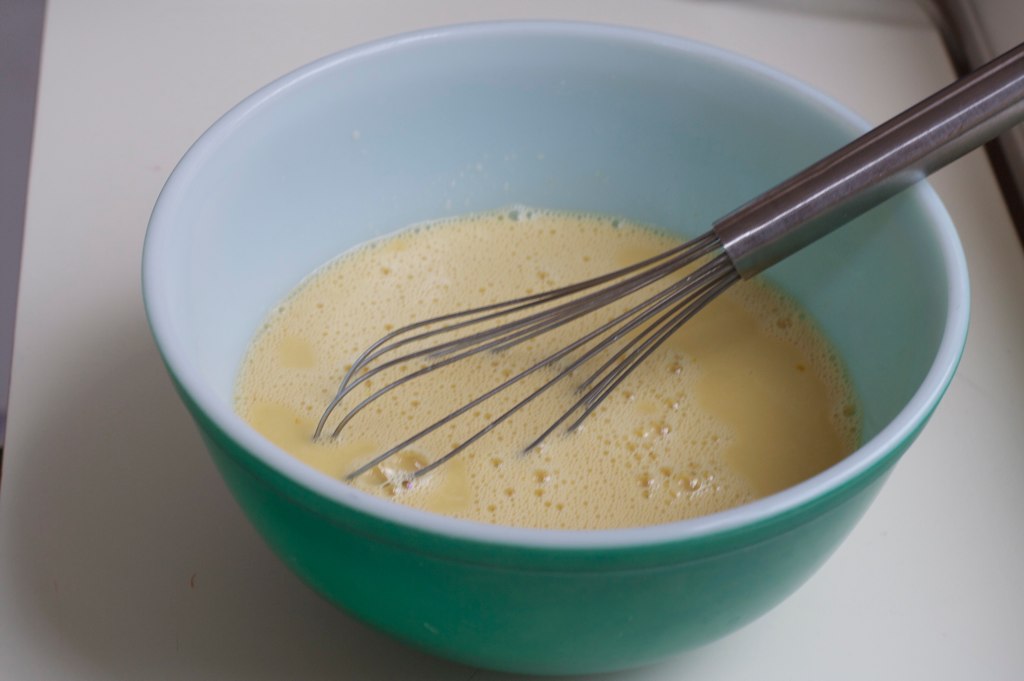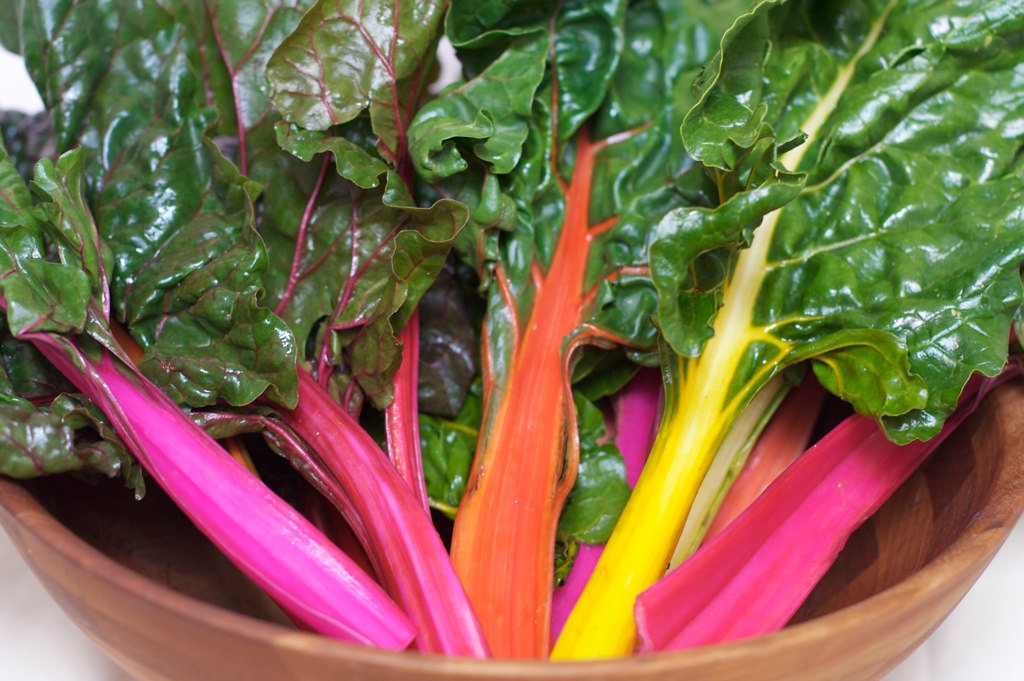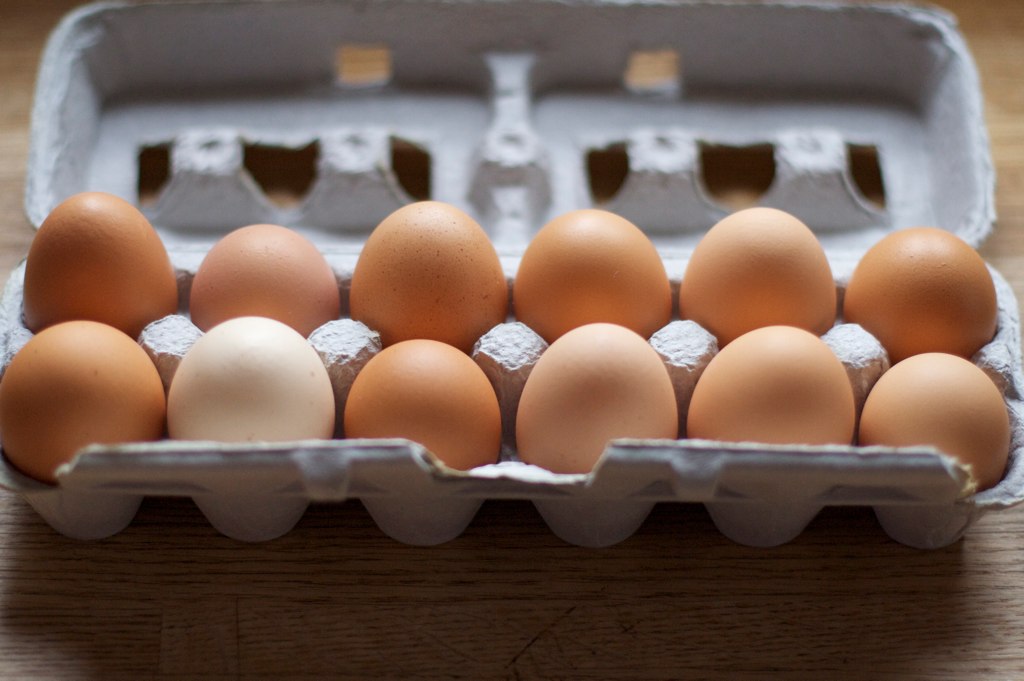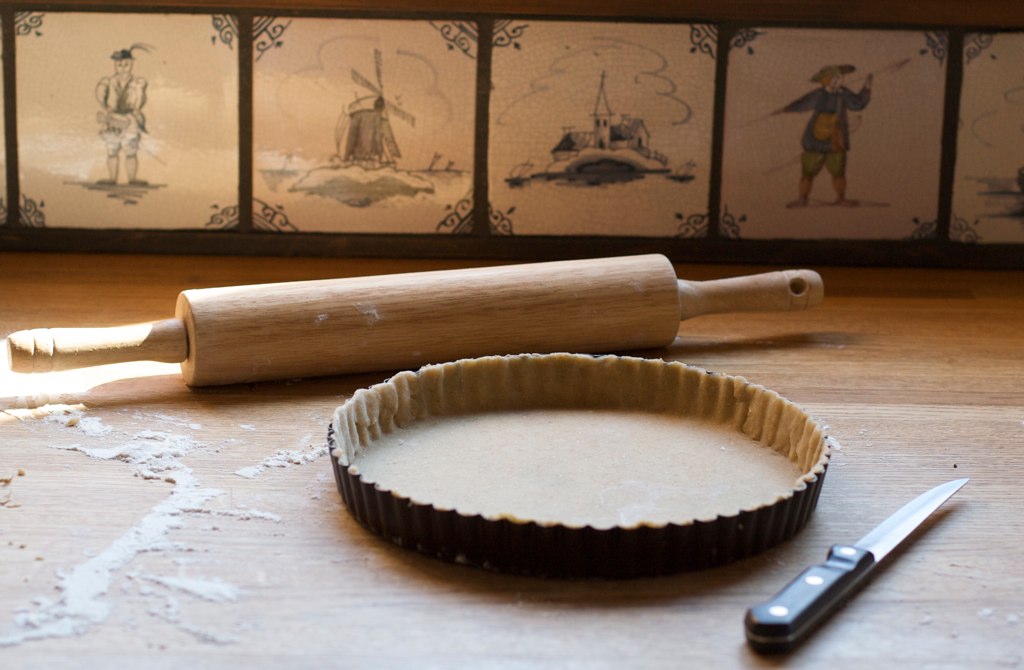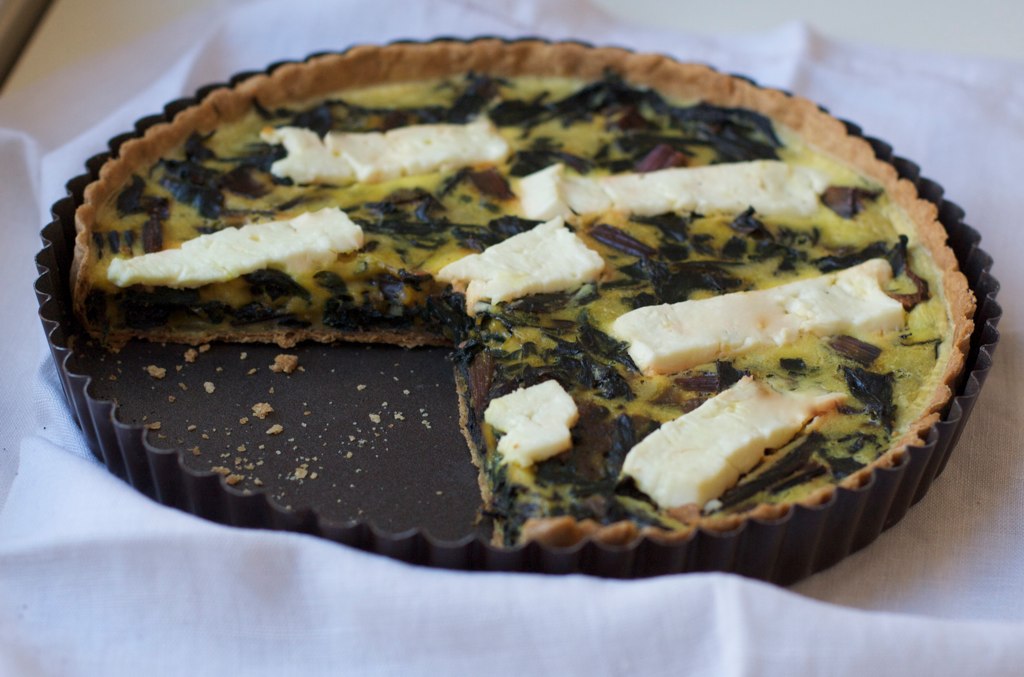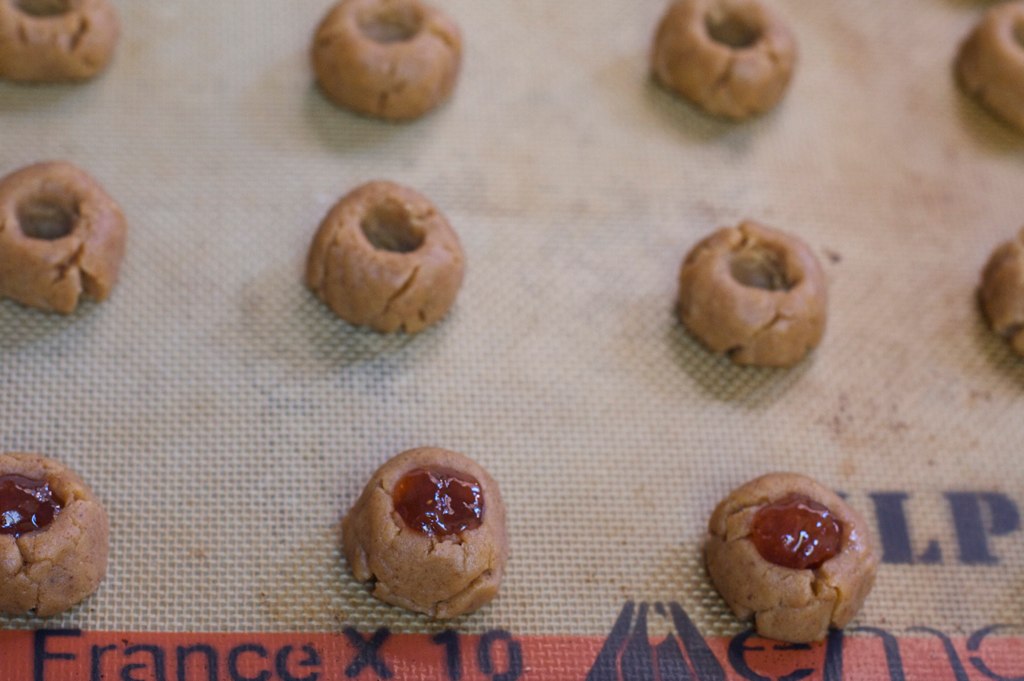I’m due for a post on meat and was fully planning to write one, but last week spring went and made a jailbreak. Things were sprouting up everywhere, the air was warm, and then I went out for dinner and had a salad that just about summed it all up. For those of you who live in Brooklyn, it was at Roman’s in Fort Greene. I’m not going to review it, because that’s not what I do here–but I will say it was a very enjoyable meal, and this salad…a tangle of dressed pea shoots dusted with crumbled almonds and good pecorino. While eating it I sort of mentally smacked myself in the forehead for not thinking of it on my own, all those times I had pea shoots and didn’t know what to do with them. This winter, for instance, when our mostly frozen Winter Sun CSA contained, inexplicably, bags of fresh pea shoots in December; I probably wasted them by tossing them with lettuce in a very ordinary salad.
Like March, pea shoots promise exciting things down the line. I can't wait to crunch sugar snaps straight from the vine, to savor the soothing monotony of shelling favas. Speaking of good things to come, my sister is expecting a baby in a few weeks, and we drove to Virginia together this weekend, just the two of us–which we hadn't done forever. It’s always like fast-forwarding, driving south in March, and as we headed back on Sunday the fields swept by, shining with new green in the morning light. After drinking in the awakening landscape for four hours, I wanted to eat the exact shade of green that shimmered on those fields. Luckily, our natural food store carries pea shoots, and I picked up a hunk of pungent, crumbly Pecorino Foglie di Noce (from Stinky, neighbors), which I almost polished off before I even got to the salad I was aiming to re-create. Peas and pecorino? They just get each other. The recipe below is almost a non-recipe, so I hope you won't feel cheated–but the flavors are bright and the look is pure spring.Pea shoots, pecorino and almonds
Inspired by Roman's
Ingredients:
- Pea shoots
- 1 small clove garlic, peeled
- Fresh lemon juice
- Extra virgin olive oil
- Blanched, slivered almonds
- Pecorino cheese that's crumbly and not too salty (Pecorino Romano would be too overpowering)
- Freshly ground pepper
- Fleur de sel or flaky sea salt (like Maldon)
Preheat toaster oven or oven to 350 degrees, or a small skillet to medium heat. Spread the almonds on a tray in oven, or in skillet (about a tablespoon per serving), and watch closely for 5 minutes or so, until they just begin to color golden (as in picture above). Remove and cool.
Cut the garlic clove in half and rub cut side over the inside surface of a medium bowl. Throw in pea shoots–a good handful per person–and toss with your hands while sprinkling with lemon juice and olive oil to your liking. Use more olive oil than lemon juice and taste until you get it right. Once sprouts are just coated, begin grating cheese over them with a very fine grater and crumbling almonds on top, tossing occasionally. Apply cheese and almonds liberally but not so much you weigh the sprouts down. Sprinkle with a little salt and pepper. Gather up into haystack bundles and transfer to plates. If you like, scatter a bit more cheese and almonds on salad and plate.
Cut the garlic clove in half and rub cut side over the inside surface of a medium bowl. Throw in pea shoots–a good handful per person–and toss with your hands while sprinkling with lemon juice and olive oil to your liking. Use more olive oil than lemon juice and taste until you get it right. Once sprouts are just coated, begin grating cheese over them with a very fine grater and crumbling almonds on top, tossing occasionally. Apply cheese and almonds liberally but not so much you weigh the sprouts down. Sprinkle with a little salt and pepper. Gather up into haystack bundles and transfer to plates. If you like, scatter a bit more cheese and almonds on salad and plate.

